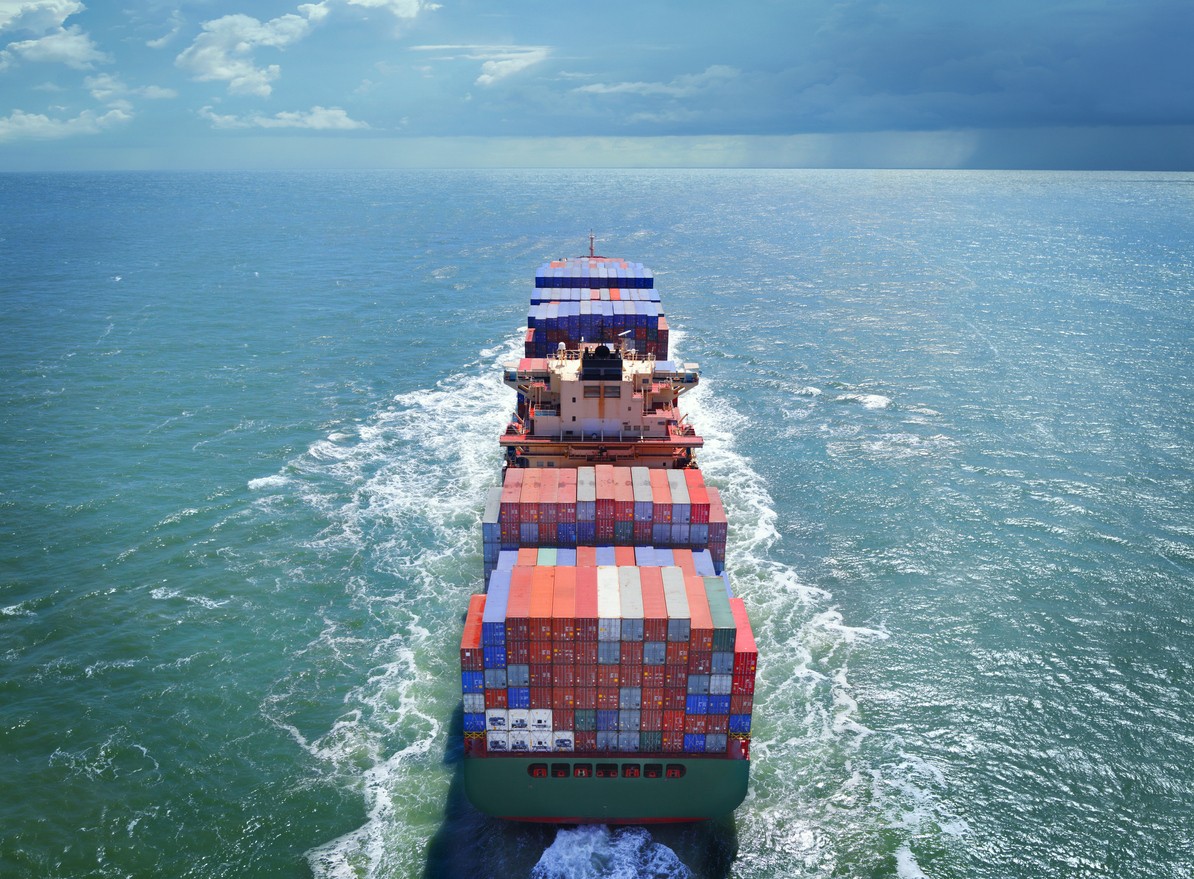
Freight Costs on the Rise
June 7, 2021
Record high costs for freight continue to present challenges for shipping companies. As economic conditions improve post-pandemic, what was thought to be a short-term trend in freight expenses now appears to be a significant risk factor for the long haul. In addition to commercial marine insurance as a risk management foundation, shippers must prepare for hardening markets and ever-increasing expenses in order to protect financial assets.
Factors Leading to Freight Cost Increases
As the coronavirus pandemic of 2020/2021 quickly drove economies to the brink of disaster, freight forwarding companies and shipping interests experienced an unusual side effect: rising freight costs. In fact, contracted freight rates were up by nearly 5% over 2020 figures. In early 2021, global rate increases reached nearly 6% over the same 2020 figures.
Numerous factors were attributed to the freight rate increases, including:
- Congestion in world ports.
- Lack of equipment and personnel in global port facilities.
- Higher than normal export levels, especially from Chinese manufacturing facilities.
- Shifting consumer demands due to COVID-19 and its associated restrictions.
- Supply chain interruptions.
- Infection outbreaks among port workers, shipboard crews, and freight handling employees.
Another cause of rising freight rates was the lack of available containers to ship goods from manufacturing and production facilities. With ships waiting weeks for berths in some of the most active deepwater ports in Europe and the Americas, containers were tied up, significantly driving up freight costs. Commercial marine insurance costs are also rising, thanks to increasing risks in the ocean transport sector. Each of these increases present their own unique challenges to shipping companies.
Rates Continue to Rise
Commercial shipping is an important economic driver. Ocean transport accounts for millions of tons of goods each year, helping to support global commerce. With freight costs skyrocketing, some manufacturers that depend on shipping are feeling the pinch. Many large manufacturers and retailers lock in their freight prices in advance, and the size of these business entities allows them to have significant negotiating potential. Smaller manufacturers, however, are at the mercy of freight spot pricing and shippers charging higher contract rates. A small manufacturer who depends on containers of parts from China before assembly in the U.S. may have to charge more for finished goods. In fact, several American manufacturers have had to raise their prices multiple times over the past six months to account for rising costs in shipping and delays in receiving parts and components from offshore suppliers.
These price increases have had a trickle-down effect, particularly on prices for consumer goods. As world economies struggle to recover as the COVID-19 pandemic winds down, price increases have a chilling effect on consumer spending. The supply chain interruptions, delays in shipping, and freight increases only exacerbate the problems retailers face.
Industry analysts see no end in sight for the freight rate increases. Shippers must ensure their commercial marine insurance policies are up to date and reflect the shifting risk landscape they face with changes in global freight demand and issues with port congestion, lack of personnel, and equipment breakdowns. The summer months typically signal a relaxation in freight costs; this year is entirely different from years past. To protect interests and to manage the liability exposures presented by issues with freight expenses and supply chain interruptions, commercial marine insurance is more critical than ever.
About Merrimac Marine Insurance
At Merrimac Marine, we are dedicated to providing insurance for the marine industry to protect your clients’ business and assets. For more information about our products and programs, contact our specialists today at (800) 681-1998.
